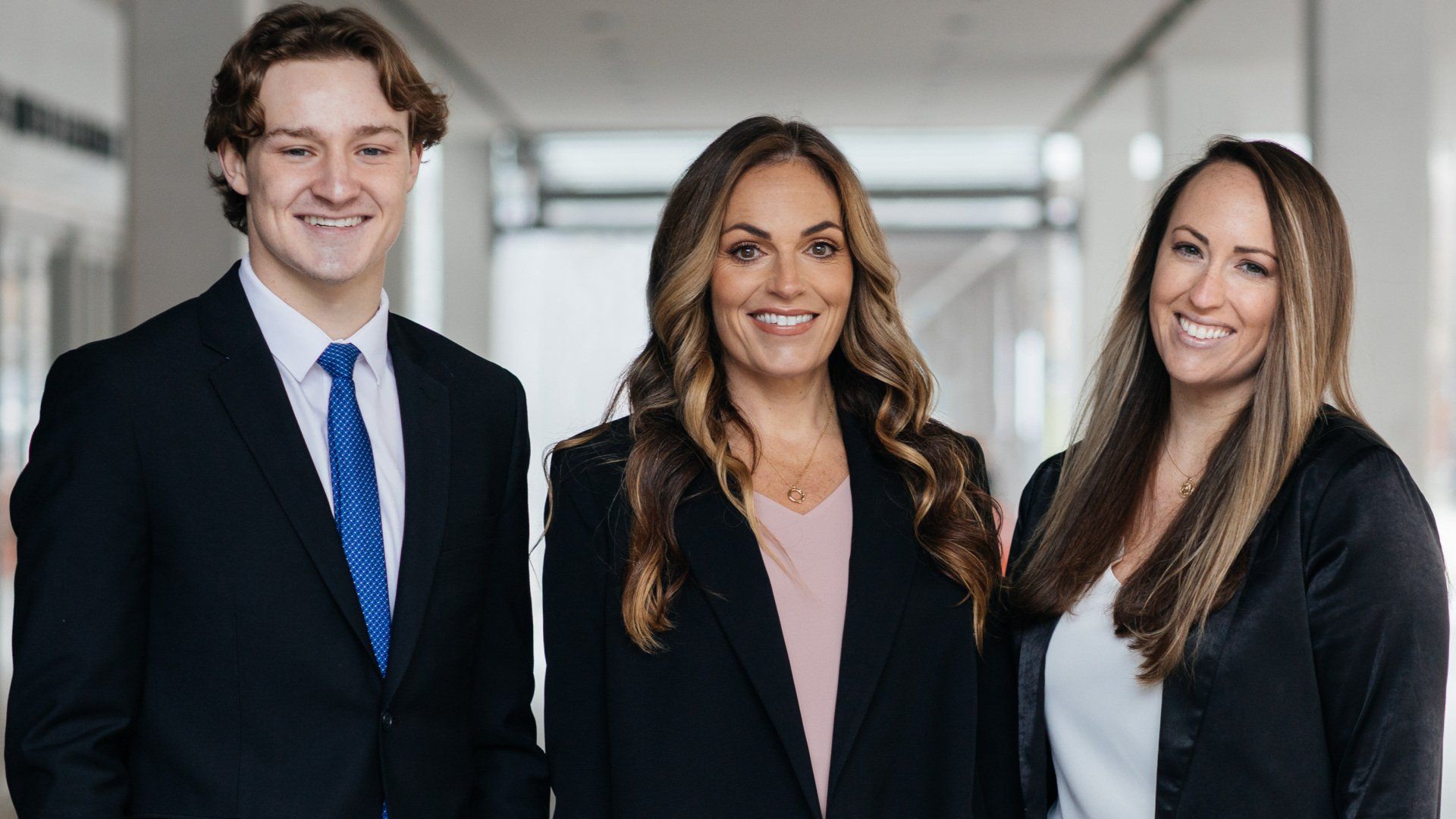Using your RRSP for a downpayment through the HBP.

As the March 1st, 2021 RRSP deadline approaches for the 2020 tax season, if you have money saved for a downpayment but you’re not quite ready to buy a home, here’s a little strategy that might interest you. Did you know that you can use the money saved in an RRSP as a downpayment? It’s called the Home Buyers’ Plan, or HBP for short.
Instead of keeping your downpayment tucked away in a savings account or TFSA, consider using your savings to purchase an RRSP before this year’s RRSP deadline. This will lower your taxable earnings for 2020 and trigger a (bigger) tax refund or lessen the amount of tax you have outstanding. You can then use the money saved towards your goal of homeownership. Admittedly, this won’t play a huge role in building a downpayment, but in times like these, every bit counts!
So here are some of the criteria for using the Home Buyers’ Plan.
You must be considered a first-time homebuyer to use the HBP. This means you have either never bought a home previously, or, in the last four-year period, you did not occupy a home that you or your current spouse or common-law partner owned.
You have 15 years to pay back the RRSP with payments starting in the second year after the withdrawal. While you won’t pay any tax on the money withdrawn from your RRSP for the downpayment, you will have to pay back the total amount you withdrew over 15 years. The CRA will send you an HBP Statement of Account every year, and your repayments will not count as new RRSP contributions as you’ve already received the tax break from those funds.
Funds have to be in your RRSP for at least 90 days to be eligible for use in the HBP. This is a rule not many people are aware of, but it’s pretty important. So if you decide to purchase an RRSP with your savings to be used as part of your downpayment for withdrawal through the HBP, you need to wait at least 90 days before buying a home to make everything work. If you decide to buy a home before the 90 days is up, the RRSP purchase can still be withdrawn, but it will negate the tax savings.
You can access up to $35,000 ($70,00 per couple) from your RRSP account to be used as a downpayment through the HBP. The government increased the accessible amount in 2019.
You can learn more about the Home Buyers' Plan by checking out the CRA website here. Or, if you’d like to discuss how the HBP could work for you and your personal financial situation, contact me anytime!
Jenn Schill
MORTGAGE TEAM




MENU
MORE
All Rights Reserved | Jenn Schill at Verico Xeva Mortgage | Privacy and Content Policy

